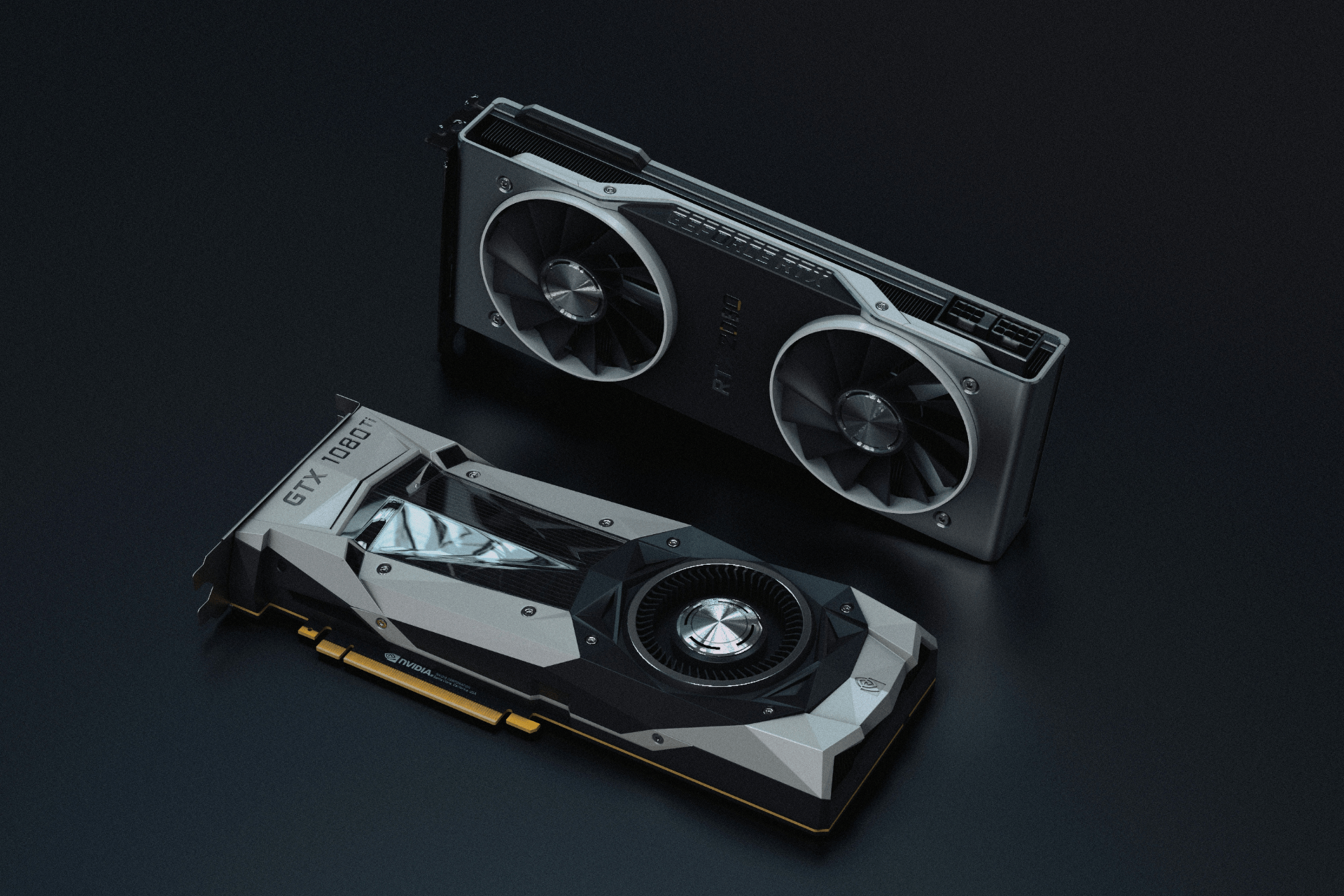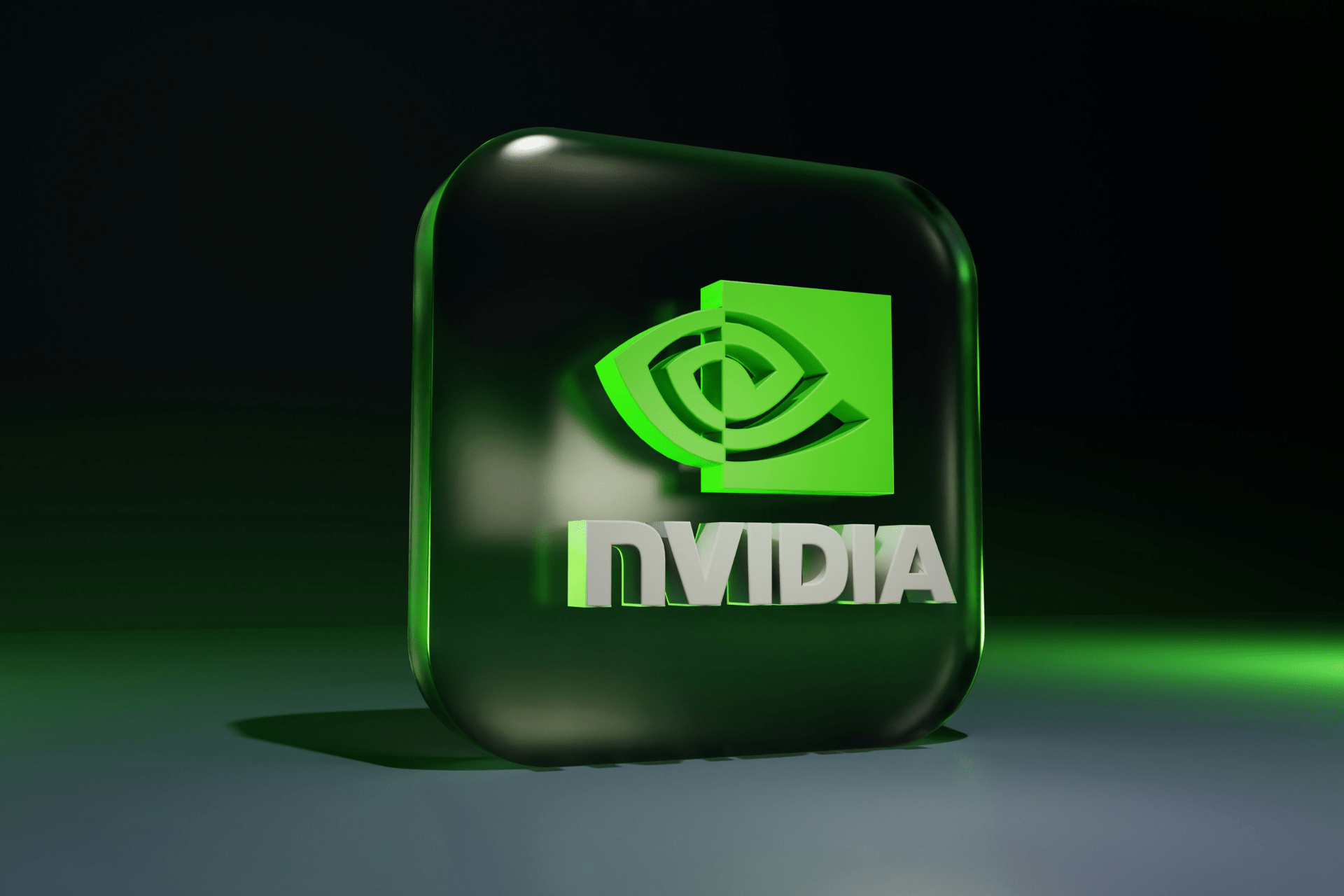
NVIDIA Corporation stands as a titan in the global technology industry, recognized for its groundbreaking advancements in graphics processing units (GPUs) and transformative contributions to artificial intelligence (AI).
The company’s influence spans personal computing, gaming, data centers, automotive technology, and the burgeoning realm of the metaverse.
From its early focus on revolutionizing visual computing and gaming, NVIDIA has metamorphosed into a driving force behind cutting-edge technological transformations. This article aims to trace this growth, analyze the company’s current landscape, and explore the promising frontiers NVIDIA is poised to conquer.
NVIDIA’s origins lie in the vision of its three co-founders, Jensen Huang, Chris Malachowsky, and Curtis Priem, established in 1993. Their initial goal was to create advanced graphics solutions to enhance the visual experience in personal computing and gaming significantly.
The company’s early products, such as the NV1 and RIVA 128, paved the way for the development of 3D graphics accelerators and set the stage for NVIDIA’s future dominance.
A string of key milestones marked NVIDIA’s rise to prominence. The introduction of the GeForce 256 in 1999, touted as the world’s first GPU, solidified NVIDIA’s position as a leader in graphics technology.
Furthermore, with the CUDA parallel computing platform launch in 2007, NVIDIA unlocked the immense potential of GPUs for general-purpose computing, a revolutionary step that extended the reach of GPUs beyond graphics. This innovation catalyzed NVIDIA’s expansion into artificial intelligence, where GPUs now play a central role in accelerating deep learning algorithms.
NVIDIA currently enjoys a robust market position and impressive financial health. The company consistently innovates, evidenced by recent product launches that have been met with acclaim. These launches often set new standards for performance and capabilities across gaming, professional graphics, and data center solutions.
NVIDIA’s influence extends beyond its core competency in GPUs, shaping the trajectory of entire industries and technological paradigms.
At the forefront of artificial intelligence, deep learning, and cloud computing, NVIDIA’s contributions are transformative. Its GPUs and specialized software frameworks are the backbone for training and deploying sophisticated AI models that tackle real-world challenges across diverse sectors.
In entertainment, NVIDIA-powered systems such as Deep Learning Super Sampling (DLSS) radically transform virtual reality and immersive gaming experiences.
Within finance, AI models built on NVIDIA technology enhance fraud detection, risk assessment, and algorithmic trading. NVIDIA’s innovations also fuel the autonomous vehicle revolution, enabling cars to perceive their surroundings, interpret traffic patterns, and make real-time driving decisions.
The company’s cloud computing services democratize access to vast computational power, providing researchers and enterprises worldwide with the tools to push the boundaries of AI development and deployment.
Nvidia’s GPU pricing strategy has faced criticism for several reasons. Critics argue that Nvidia’s GPU prices have increased with each new generation, making it difficult for businesses and individual consumers to keep up with the latest technology without spending significantly.
When comparing older-generation GPUs to newer ones, the price growth appears exponential, which has raised concerns about affordability and value for money. For instance, the flagship Nvidia GPU in 2013 was NVIDIA GeForce GTX 780 Ti, which retailed at $699. Today, the latest NVIDIA GeForce RTX 4090 retail price is more than double at $1800.
Nvidia’s dominant position in the market is said to allow it to set high prices because of the lack of strong competition, which some believe stifles market dynamics. But there’s a debate on whether the performance improvements with new GPU models justify the higher prices, especially when the increments are not proportional to the cost.
The validity of the criticisms against Nvidia’s policy of high GPU prices depends on one’s perspective. From a consumer standpoint, the concerns about affordability and value for money are valid, especially for those who cannot upgrade their GPUs with each new release.
However, Nvidia may justify its pricing strategy from a business perspective based on research and development costs, the performance of its products, and market demand. According to Nvidia’s CEO, the era of rapidly falling prices for increased performance (Moore’s Law) is over. His remarks suggest that high prices are here to stay.
Ultimately, the market will respond to these strategies, and the presence of competitors like AMD and Intel may influence future pricing decisions.

NVIDIA’s future trajectory appears exceptionally promising.
Highly anticipated upcoming technologies and products, such as the much-discussed Blackwell GPU architecture, promise to usher in new levels of performance and efficiency. The forthcoming Nvidia GeForce RTX 5090, expected to be released in Q4 2024, will significantly raise the bar in gaming, AI workloads, and scientific computing.
The company’s strategic roadmap outlines a vision of expanding its reach in diverse and growing markets. Predictions point towards NVIDIA playing an increasingly vital role in shaping the future of AI, driving advancements in natural language processing, computer vision, and reinforcement learning. Their sustained efforts in these areas will empower machines to understand and interact with the world in more sophisticated ways. For instance, NVIDIA’s work in natural language processing could lead to more nuanced virtual assistants or real-time language translation tools.
Moreover, NVIDIA’s continued investment in cloud computing and data center solutions indicates a focus on providing the foundational infrastructure for the accelerating adoption of AI technologies across industries. By building powerful and scalable cloud environments, the company offers businesses of all sizes the necessary resources to train, deploy, and manage AI models at scale. This push to democratize access to AI has the potential to revolutionize how businesses operate and create value.
NVIDIA’s history is that of remarkable transformation and relentless innovation. The company has evolved from being a niche player in graphics processing to a global leader underpinning technologies transforming the world. Its past achievements and current dominance offer a strong foundation for future success.
Despite its strengths, NVIDIA will undoubtedly encounter challenges. Competition in the technology sector is fierce, requiring ongoing innovation and adaptation.
Nevertheless, NVIDIA’s commitment to cutting-edge research and development, strategic partnerships, and focus on emerging markets bodes well for its continued leadership in shaping the future of computing and artificial intelligence.